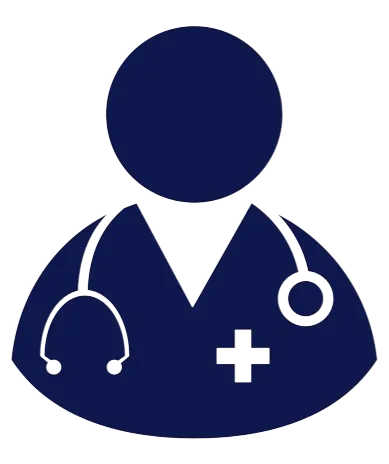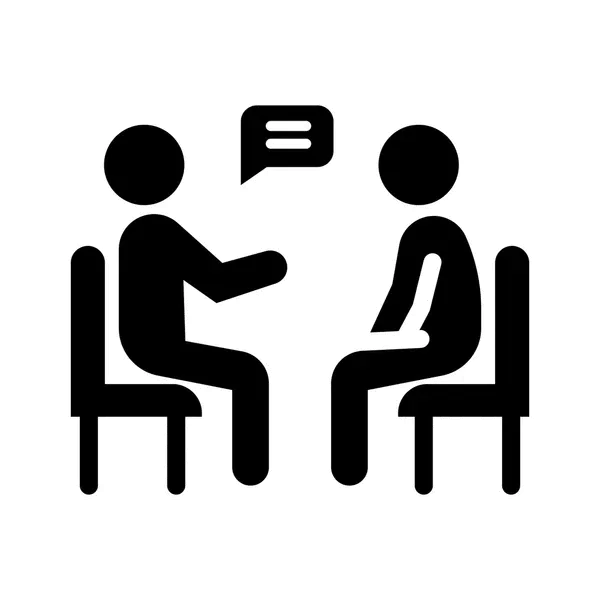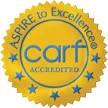
Speed to Care: How Occupational Medicine Helps Injured Workers Recover Faster
When someone is injured on the job, recovery isn’t just about healing; it is about returning to purpose, community, and livelihood. Yet for too many injured workers, care is delayed, misunderstood, or fragmented across multiple systems.
In this conversation with Dr. Tom Louwers, an Occupational & Environmental Medicine Specialist with a Master’s in Public Health, host Josh Cobbley explores what “speed to care” really means and how timely, multidisciplinary treatment can restore lives, not just bodies.
Dr. Louwers’ story from Navy aviator to physician illustrates how service, systems thinking, and compassion intersect to create better outcomes for injured workers.
From the Navy to Occupational Medicine
Dr. Louwers didn’t start his career in medicine; he started in the cockpit.
Growing up in a large family that prized service and responsibility, he carried those values into the U.S. Navy. “I flew out of Whidbey Island, Washington, as a patrol aircraft mission commander,” he recalls. “That experience gave me a strong sense of purpose in caring for people whose jobs carry risk.”
It also gave him a front-row seat to the relationship between health, safety, and mission success. The transition to Occupational and Environmental Medicine felt natural. “Occupational Medicine is about keeping workers safe and healthy so they can perform their jobs effectively,” he says. “It’s a continuation of service, protecting those who put their lives on the line every day.”
What Occupational Medicine Really Does
Many people have never met an Occupational Medicine specialist until an injury changes their lives. Dr. Louwers explains that his role blends clinical care, injury prevention, and systems navigation.
“Occupational Medicine is about getting patients the care they need quickly,” he says. “That means timely referrals, early interventions, and knowing what resources exist for work rehabilitation, structured intensive multidisciplinary programs, work conditioning, work hardening, even brain injury rehab therapy.”
His mission goes beyond medical treatment: it’s about navigating the complexities of Washington State’s Labor & Industries system (L&I) to connect patients with the right programs fast. That’s where the concept of speed to care takes center stage.
Why Speed to Care Changes Everything
When a worker is injured, time matters. Delays in evaluation or referral can lead to longer recovery periods, loss of income, and emotional distress.
Dr. Louwers defines speed to care as ensuring patients reach the right specialists as soon as possible. “We know from experience that early access to rehabilitation leads to quicker recovery, fewer complications, and better long-term outcomes,” he explains.
This isn’t just theory. Dr. Louwers has seen how prompt coordination between physicians, therapists, and rehabilitation programs can transform discouragement into hope. “Once we connect workers to a comprehensive multidisciplinary program, they recover physically and regain their confidence,” he says. “That’s the power of getting people to the right resources at the right time.”
Dispelling Misconceptions About Injured Workers
One of the most persistent myths Dr. Louwers encounters is that injured workers exaggerate their symptoms to “milk the system.” He’s quick to correct that notion.
“In my practice, that’s very rare,” he emphasizes. “Most workers want nothing more than to get back to providing for their families.”
The real barriers are not motivation or honesty; they are access and awareness. Many patients simply don’t know that specialized work-injury programs exist, or their initial providers fail to ask the crucial question: Did this injury happen at work?
That single question can be the gateway to appropriate care through occupational medicine.
Community, Structure, and the Human Side of Recovery
For many workers, injury brings isolation. Their daily routines, social circles, and sense of identity are disrupted overnight.
Dr. Louwers and Josh Cobbley agree that rehabilitation isn’t just about muscles or joints; it is about rebuilding connection. “When workers join structured daily programs, they regain community,” Cobbley notes. “It’s not just exercise, it’s belonging.”
Dr. Louwers adds, “Medicine has embraced individualized care, which is great, but we can’t isolate people in their individualized care. Recovery also means reconnecting to community.”
That community, whether in a work-conditioning gym or a group therapy setting, provides accountability, empathy, and the rhythm of normal life that many injured workers have lost.
Success Stories and System Gaps
Dr. Louwers recounts numerous cases where timely multidisciplinary intervention changed outcomes. One worker, discouraged after a serious injury, regained both function and confidence after being connected with the right program. “They returned to work sooner than anyone expected,” he says.
But he also acknowledges the flip side. “When workers don’t get access to timely resources, they languish. They lose earning power and the ability to support their families. It’s a sad story, and one we can prevent.”
Bridging that gap requires education and collaboration among emergency physicians, primary care providers, case managers, and employers, all asking better questions and referring earlier.
Building Awareness: What Employers and Providers Can Do
Speed to care doesn’t happen by accident; it is built through systems that value early action.
Dr. Louwers encourages employers to familiarize themselves with available L&I programs, such as:
Work Rehabilitation (Work Hardening / Work Conditioning)
Structured Intensive Multidisciplinary Programs (SIMPs)
Brain Injury Rehabilitation Therapy (BIRT)
“These programs exist to help workers recover faster,” he explains. “But awareness is key. If providers and employers don’t know what’s out there, workers can’t benefit from it.”
The Bigger Picture: Purpose and Service
Asked what drives him, Dr. Louwers smiles. “I don’t see it as work. I see it as my life’s passion,” he says. “Helping injured workers recover and return to their lives that are meaningful.”
His approach blends clinical precision with human connection, a perspective shaped by decades of service. Whether in the Navy cockpit or the clinic, the mission remains the same: ensure people can do their jobs safely, recover when injured, and live full lives.
The Bottom Line
Occupational Medicine isn’t just a medical specialty; it is a bridge between healthcare, work, and community. Through speed to care, early referral, and multidisciplinary collaboration, injured workers can recover faster and regain their sense of purpose.
Dr. Louwers’ message is clear:
“Let’s change the narrative. Let’s make sure no one falls through the cracks.”
When healthcare systems, employers, and communities work together, recovery isn’t delayed, it is accelerated. And that benefits everyone.
About Dr. Tom Louwers
Dr. Tom Louwers is an Occupational and Environmental Medicine Specialist with a Master’s in Public Health and a distinguished 24-year career in the U.S. Navy. Drawing on his experience in aviation and mission-focused teamwork, he now dedicates his practice to improving health and safety for Washington’s workforce. Dr. Louwers specializes in injury prevention, occupational rehabilitation, and system-level solutions that emphasize speed to care and multidisciplinary collaboration.






